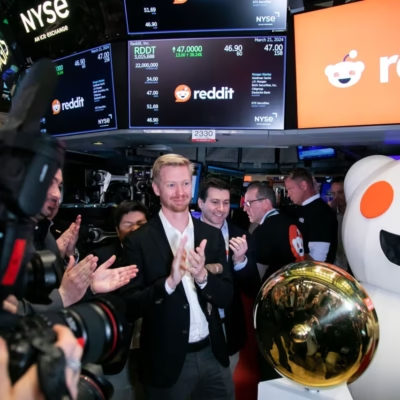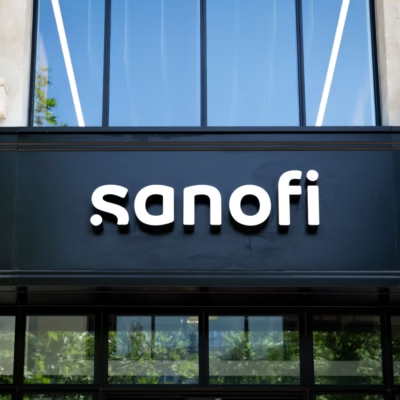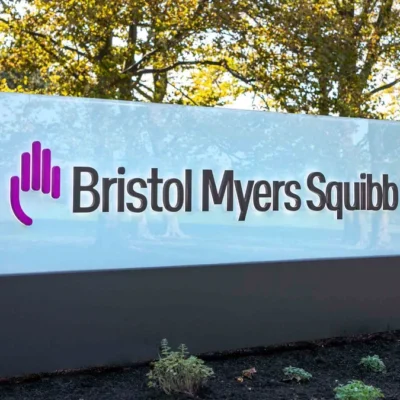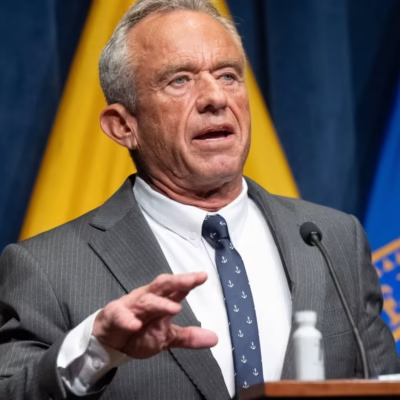The U.S. National Highway Traffic Safety Administration (NHTSA) has officially launched an investigation into Tesla’s robotaxi operations. The agency is focusing on a series of reported crashes involving Tesla vehicles using the Full Self-Driving (FSD) system during low visibility conditions, such as fog, heavy rain, and nighttime scenarios
This development raises serious questions about the safety of autonomous vehicles operating without direct human oversight in challenging weather or lighting conditions. The probe comes amid growing concerns over the effectiveness of Tesla’s FSD software and its real-world performance.
Background on Tesla’s Robotaxi Vision
Tesla CEO Elon Musk has long championed the idea of a fully autonomous vehicle fleet, commonly referred to as robotaxis. According to Musk, these vehicles would operate without human drivers and would eventually generate income for owners by offering ride-hailing services similar to Uber or Lyft.
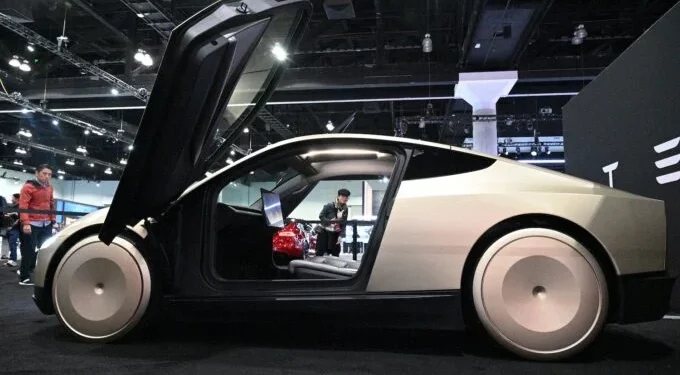
Tesla’s FSD Beta software, an optional add-on for Tesla drivers, is marketed as the next step toward full autonomy. However, it is still classified as a Level 2 driver-assist system by U.S. regulators, meaning a licensed driver must remain in control and attentive at all times.
Despite this, several Tesla owners have posted videos of their cars driving with no one in the driver’s seat. These actions have been widely criticized by safety experts and regulators.
Why the NHTSA Is Investigating
The NHTSA has received multiple complaints and crash reports involving Tesla’s FSD feature. Many of these crashes occurred in situations with poor visibility — such as heavy fog, low light, or nighttime driving — where the car reportedly failed to recognize road hazards, stop signs, or pedestrians.
In a statement released on June 14, 2025, NHTSA said:
“We are investigating the performance of Tesla’s Full Self-Driving system during adverse environmental conditions. The preliminary reports indicate potential deficiencies in object recognition and hazard detection under limited visibility.”
The investigation aims to determine whether Tesla’s robotaxis are safe for public use under all driving conditions, or if software updates and additional safeguards are necessary.
Read more about NHTSA’s official investigations
Examples of Tesla Robotaxi Crashes
Several incidents have sparked public concern:
- San Francisco (April 2025): A Tesla Model Y operating on FSD mode collided with a delivery truck in heavy fog. The driver claimed the car failed to detect the stopped vehicle ahead.
- Phoenix, Arizona (March 2025): A Tesla vehicle using FSD reportedly swerved off the road during a dust storm. The car’s sensors could not differentiate between the road and the shoulder.
- Los Angeles (February 2025): A pedestrian was injured after being struck by a Tesla vehicle in low-light conditions. The driver was relying heavily on FSD mode.
These accidents have triggered fresh criticism over Tesla’s aggressive push toward full autonomy without government certification for Level 4 or Level 5 autonomy.
Tesla’s Response So Far
Tesla has not yet issued a formal statement regarding the new investigation. However, the company has previously defended its FSD technology, citing millions of miles of real-world driving data and rapid software updates delivered over the air.
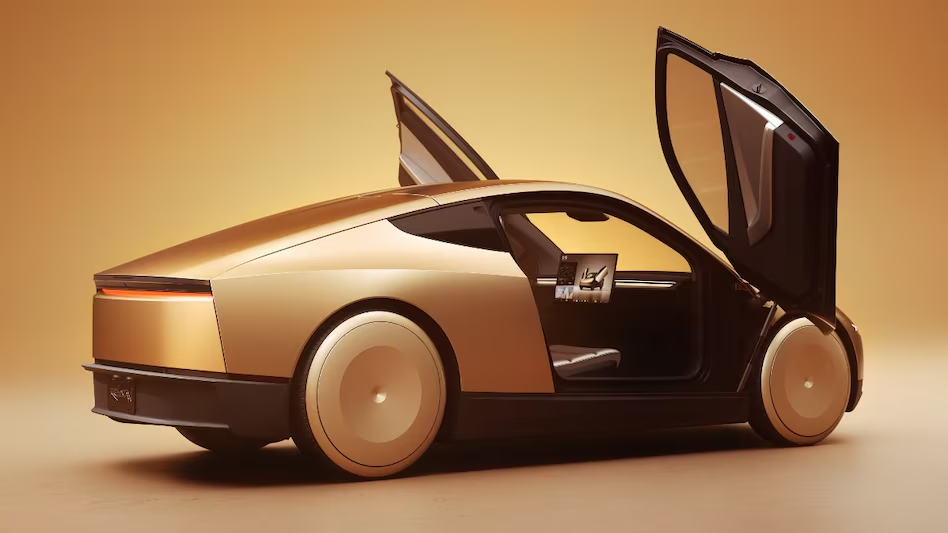
The automaker has also highlighted that FSD is still in beta and requires driver supervision at all times. Tesla includes a disclaimer that users must keep their hands on the wheel and be prepared to take over when necessary.
Despite these warnings, critics argue that the branding of “Full Self-Driving” is misleading and encourages overreliance on the system.
See Tesla’s latest updates on Full Self-Driving
Safety Experts and Industry Reactions
Road safety experts have praised the NHTSA’s decision to open an investigation. According to Deborah A.P. Hersman, former chair of the National Transportation Safety Board (NTSB),
“It’s critical that autonomous systems are thoroughly tested in real-world conditions — including adverse weather — before being trusted to operate independently on public roads.”
Industry analysts believe the investigation could affect Tesla’s robotaxi timeline and regulatory approvals.
Other companies in the autonomous vehicle space, such as Waymo and Cruise, have opted for more cautious rollouts with limited geographic zones and stringent safety protocols. In contrast, Tesla has relied heavily on data collected from customers using FSD on public roads.
What’s at Stake for Tesla?
If the NHTSA finds fault in Tesla’s autonomous driving software, it could lead to:
- A mandated recall of FSD software versions
- Stricter regulations for semi-autonomous systems
- Legal liabilities from past and future accidents
- Delay or halt of the robotaxi program launch
Given that Tesla’s valuation heavily leans on its autonomous driving ambitions, this investigation could impact investor confidence and stock prices.
Track Tesla’s market movements
Conclusion: The Road Ahead for Tesla’s Robotaxis
The NHTSA investigation into Tesla’s robotaxis marks a critical point in the evolution of autonomous driving in the U.S. While Tesla continues to innovate in the field of electric and autonomous vehicles, real-world safety remains a top concern.
As more companies enter the self-driving market, robust oversight will be essential to protect drivers, pedestrians, and the reputation of autonomous technologies.
Until then, the promise of a driverless future may need to wait until the fog clears — both literally and figuratively.
Also Read – Audi Might Build U.S. Factory to Dodge New Tariffs


